I am often asked to recommend native plants that will attract butterflies, I know a few off the top of my head and have been meaning for a couple of years to sit down and do some decent research on creating a butterfly attracting garden. So I began a few weeks ago and have learned some interesting facts. I have also discovered that as with many things I am only un-covering the tip of the iceberg when it comes to creating a true butterfly habitat. But below you will find some images and information about natives to use if you want to create a butterfly sanctuary.
So the most important thing I have discovered is that to support a lifecycle for a butterfly species you need to provide plants that act as both host for the larvae and also other plants (could be one and the same) that provide food. Callistemons are one such native plant, they provide nectar for adult butterflies and they are a host plant for caterpillars. So is Chorizema cordatum above, which also brings parrots to a garden for its seeds.
Clematis aristata (above) is another such plant, it fulfils both roles as a host and as a food source, if you can fill a corner of your garden with plants such as these it is possible to have butterflies in your garden throughout the year and for many butterfly generations to come!
Bursaria spinosa is also a native plant that is a host and a food supplier at the same time, Bursaria is also a very important plant for small bird habitat and in my mind every native garden should find a place for this versatile and important shrub.
Xanthorrhoea spps. are also butterfly attractants and hosts, plus they also provide plenty of food for the birds too. In order to create a butterfly habitat you need to pick a warm sunny sheltered corner of your garden, somewhere protected from strong winds and frosts.
Rhagodia spinescens is also a useful butterfly attractant and host, below you can see it planted amongst the sandstone boulders with Leucophyta brownii.
It is also important to provide the butterflies with a large rock or open concrete area, somewhere that warms up in the sun all day where they can rest. Dianella caerulea is also a host and food plant for butterflies.
It is nessesary to avoid using pesticides of any sort this also includes neem oils, butterflies are caterpillars first and any interruption in that life-cycle would mean dislodging that generation from your garden.
Philotheca myoporoides is another great dual purpose butterfly habitat plant as is Tristaniopsis laurina and Dodonea viscosa, see images below.
There are some Butterfly species that are migratory, can you believe that?!, so you may find different seasons bring different species to your garden. Tristaniopsis laurina is a great butterfly host and food plant, it comes in dwarf shrub varieties too for the smaller garden.
Thus far I have provided images of native plants you can use to create your butterfly sanctuary, that will provide for the entire lifecycle of the butterfly. It is best to plant dense layers of plants and to provide some shallow water, perhaps in a dish or pond, for them to drink from.
There are many other native plants that will provide nectar for butterflies but I really have run out of space, two of my favourites in this category are the native frangipani, Hymenosporum flavum and Leionema ‘Green Screen’ (image below) closely related to Phebalium.
For more information on growing natives for butterflies I would suggest visiting the following pages:
http://www.butterflyhostplants.com.au
http://www.zoo.org.au/sites/default/files/10-steps-butterfly-gardening-zoo-highlights_1.pdf
http://www.wariapendi.com.au/hints-tips/attracting-butterflies-to-your-garden
In the image below you can see a form of Hymenosporum flavum Dwarf on the right, with Callistemon ‘Little John’ and Banksia ericifolia in the background, all of them provide butterflies with nectar.
So hopefully, if I haven’t totally confused you, you may give a little thought next time you plant something as to whether or not it might bring some delicate fluttery friends to your garden 😉 or perhaps I have set you off to do some more thorough research of your own! Let me know what you find out.

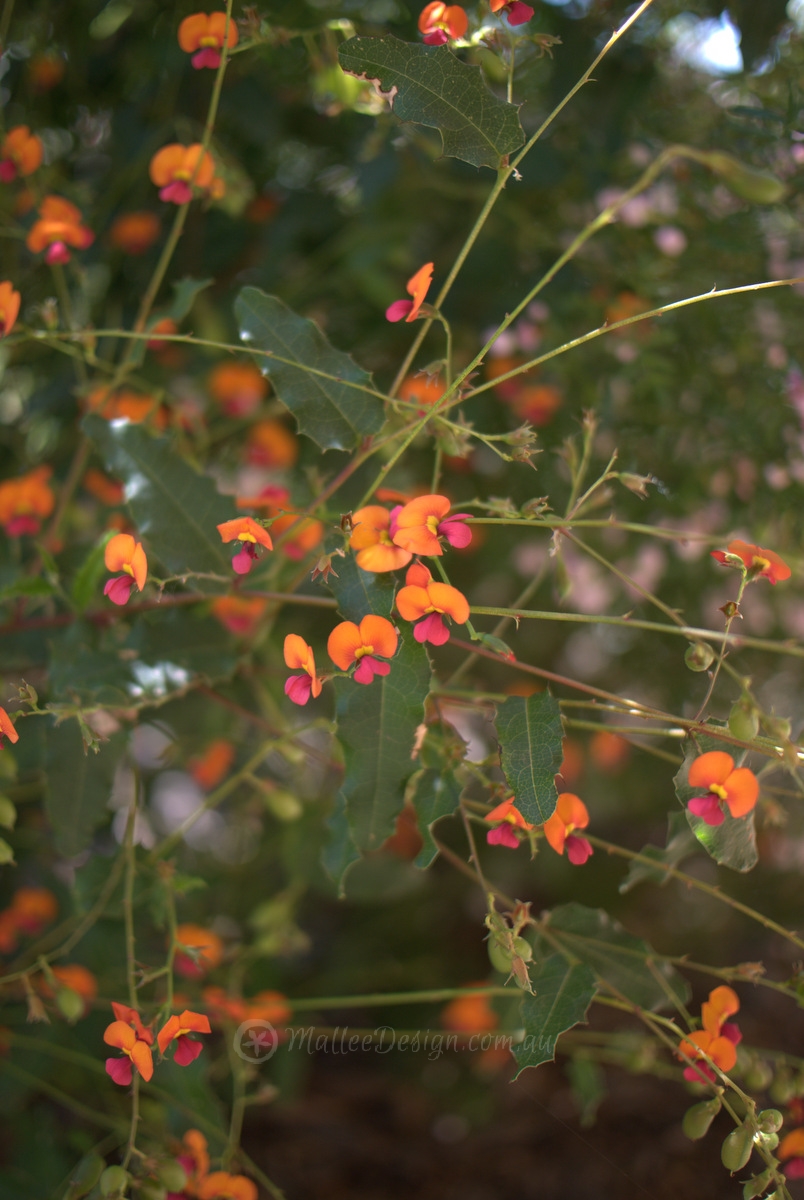
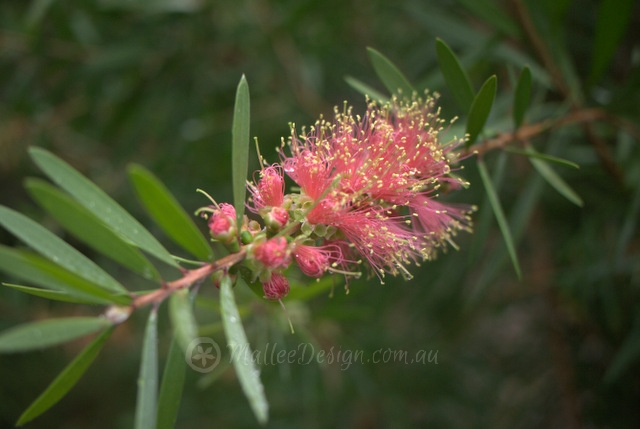
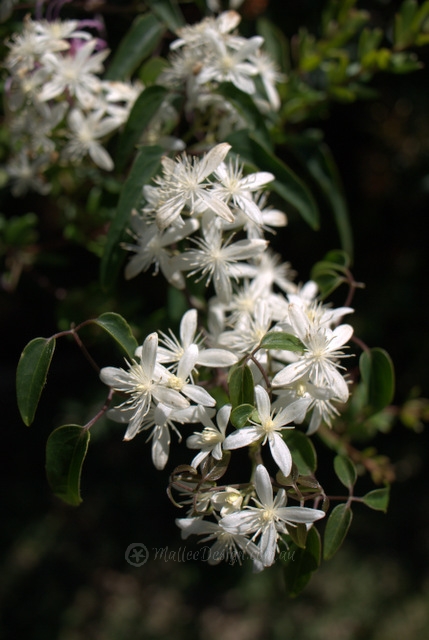
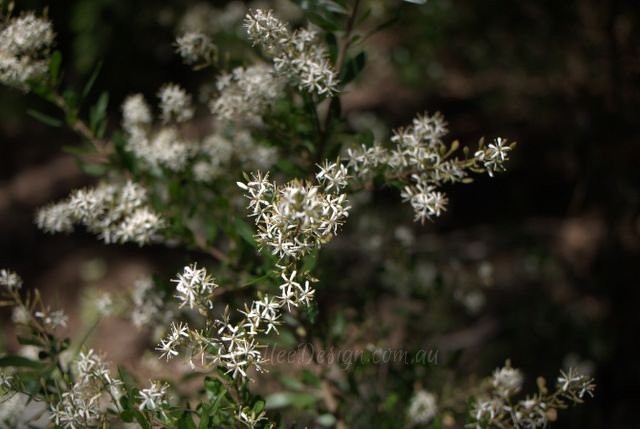
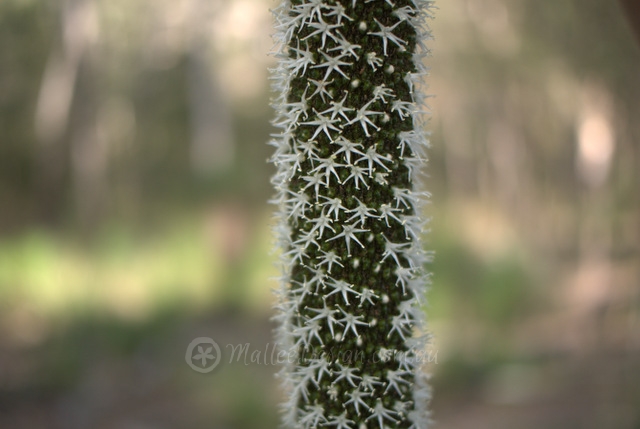
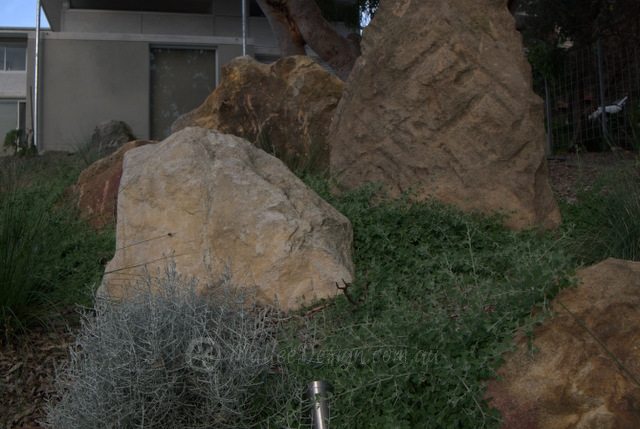
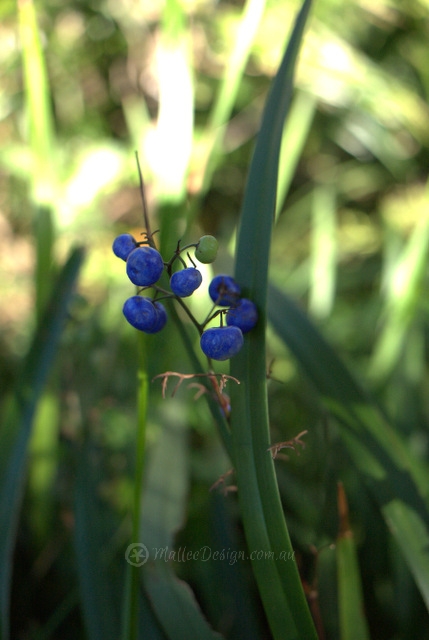
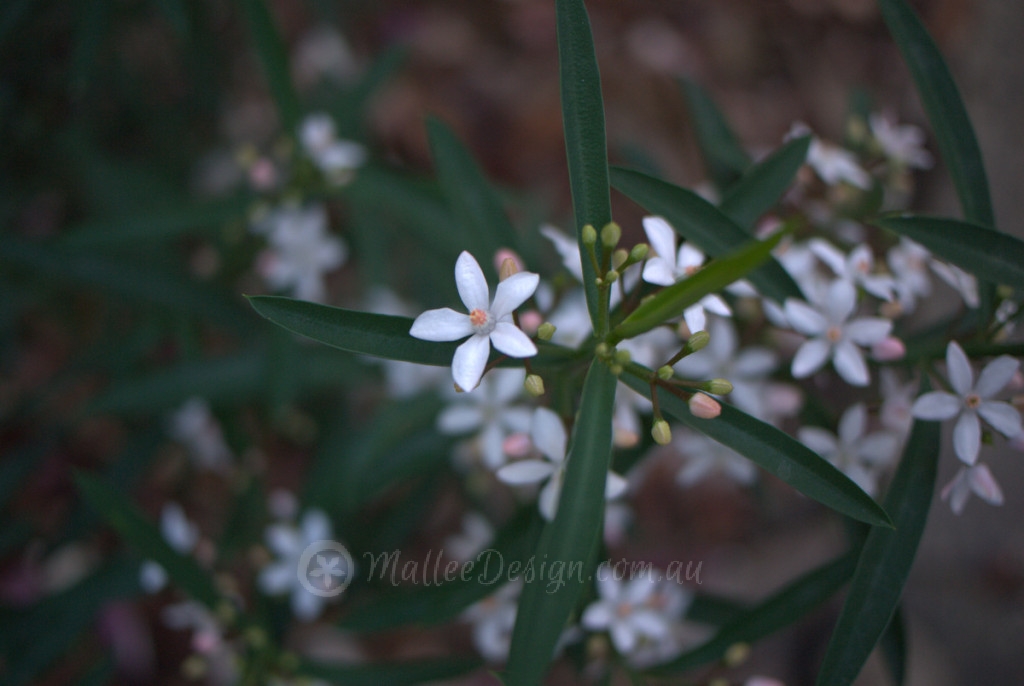
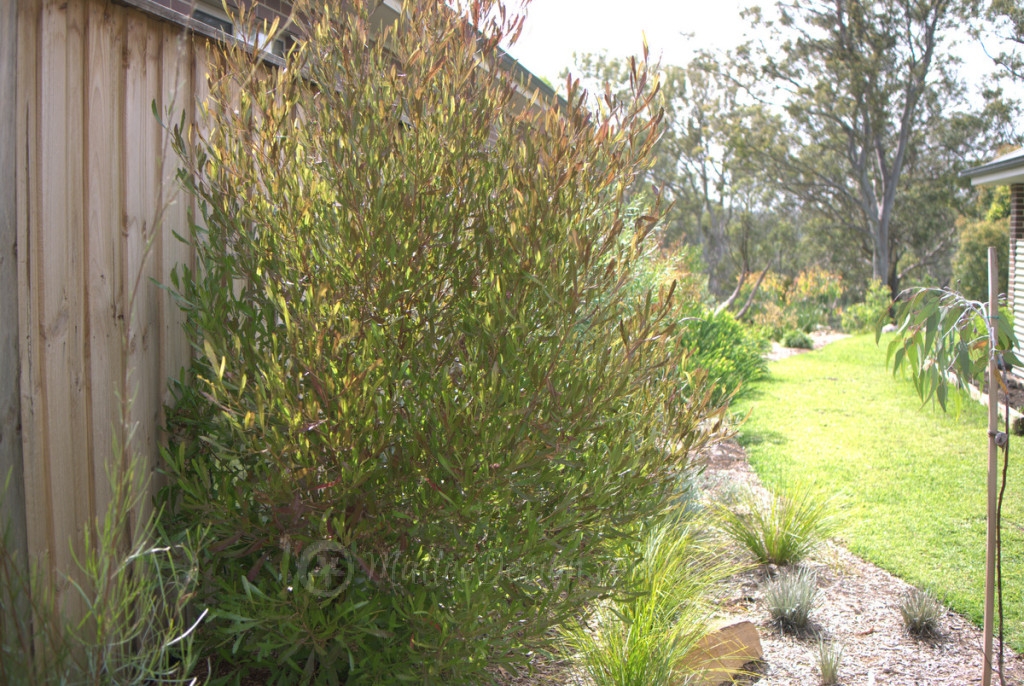

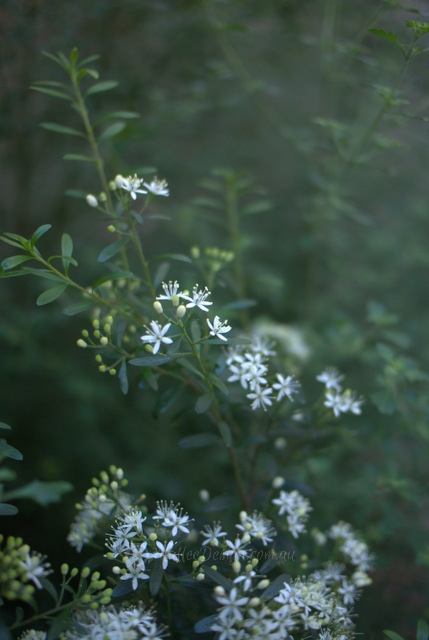
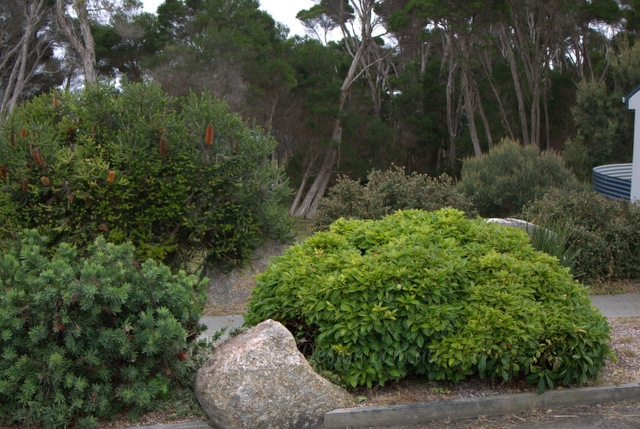
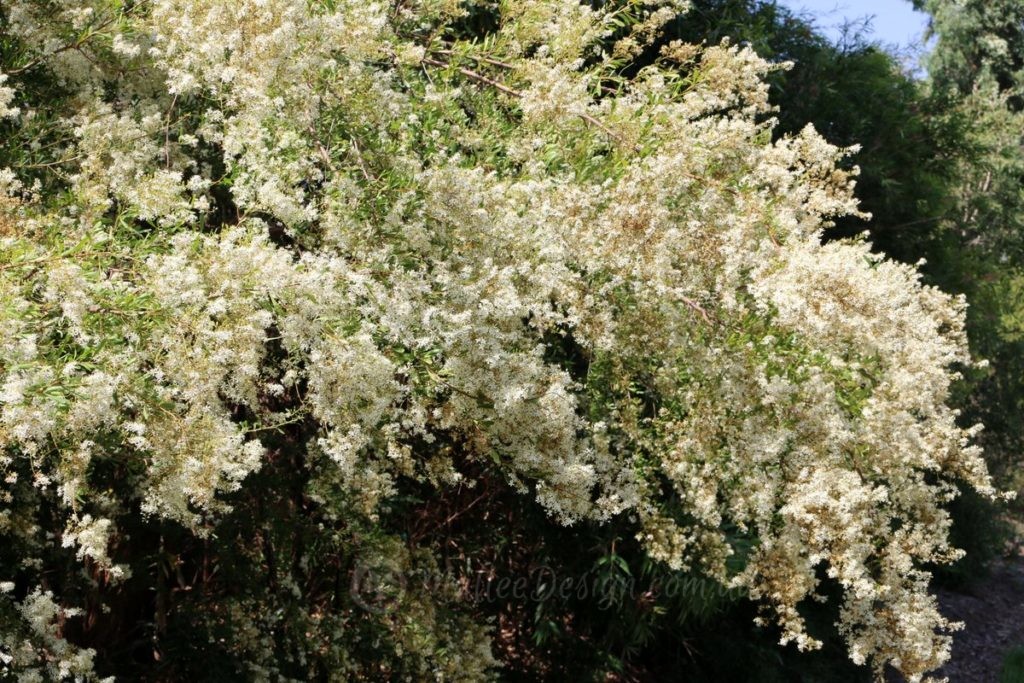

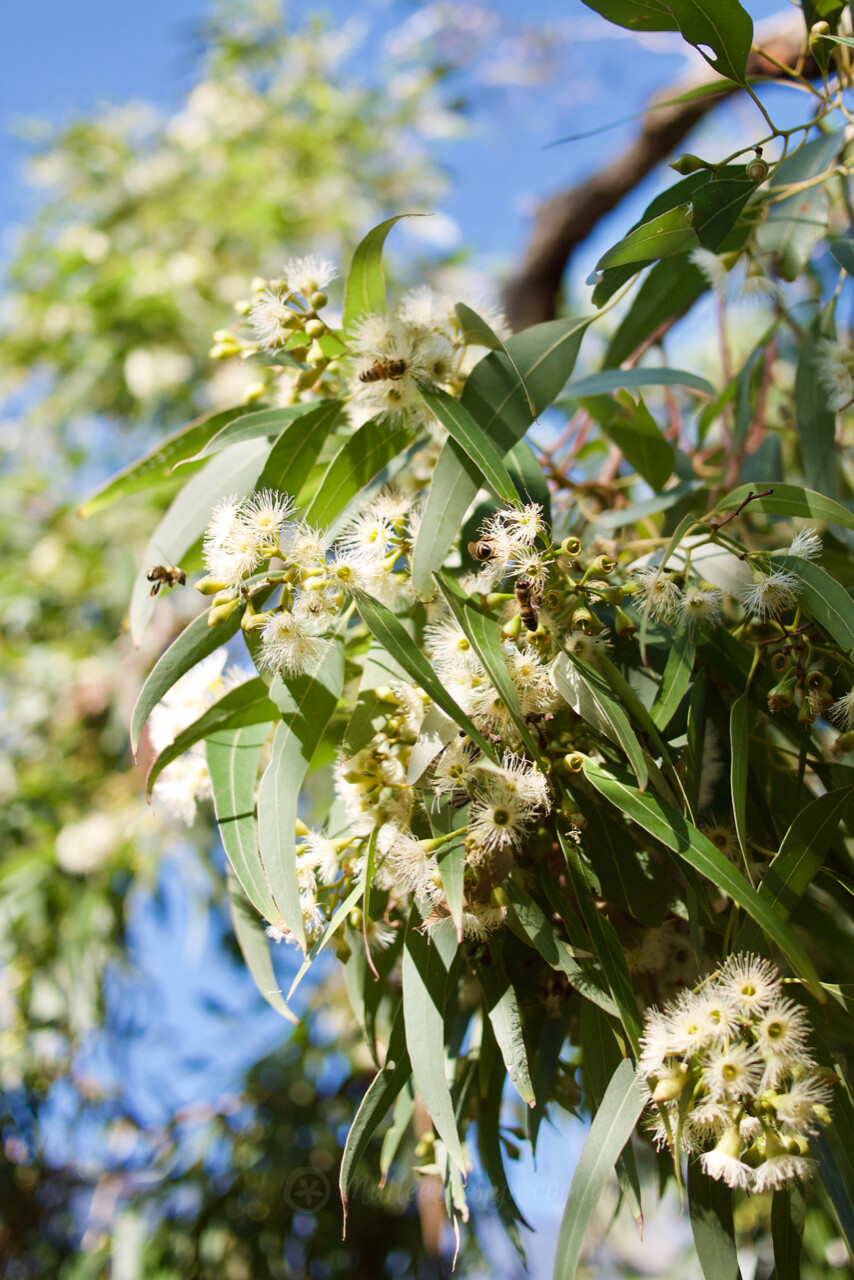
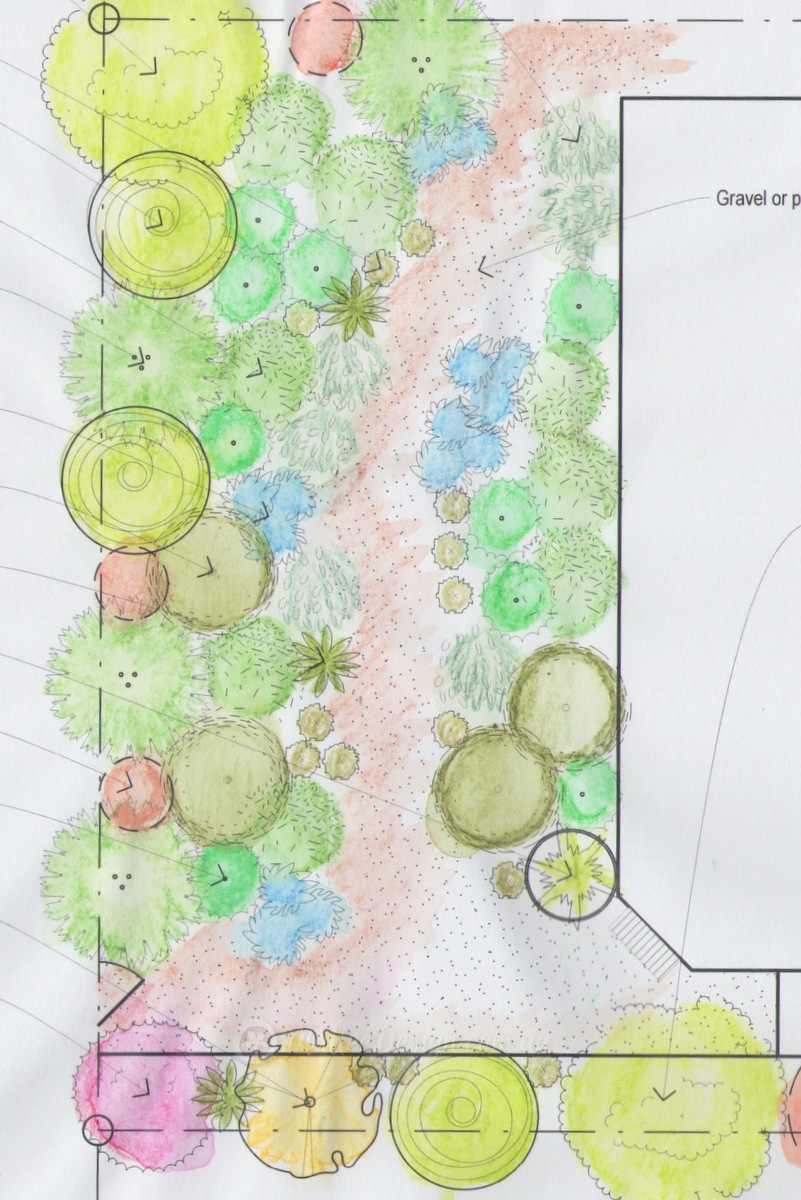
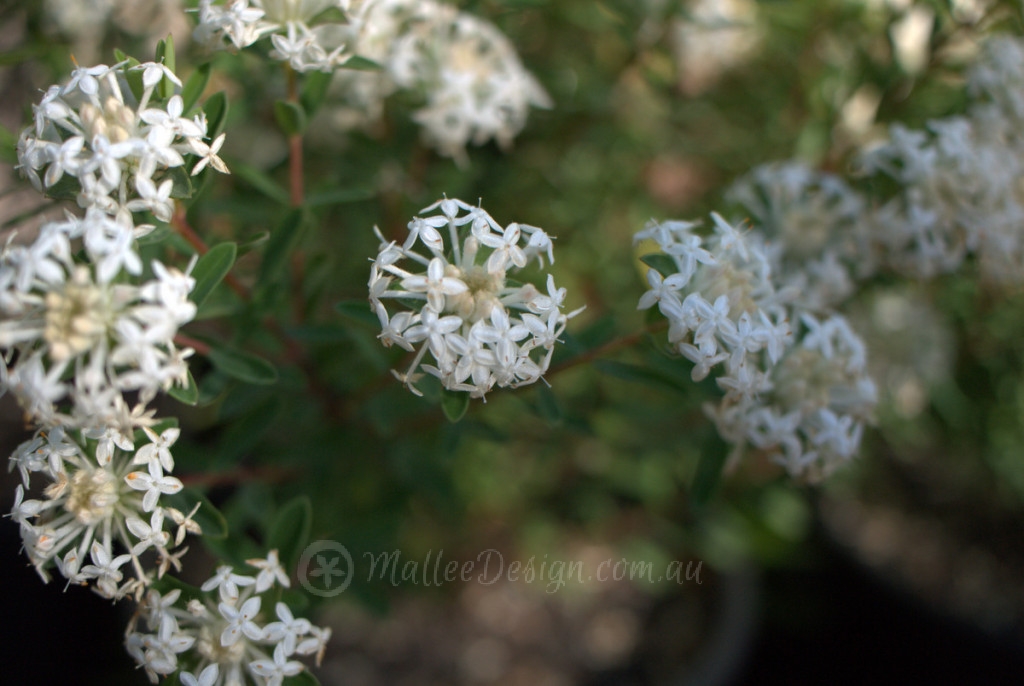
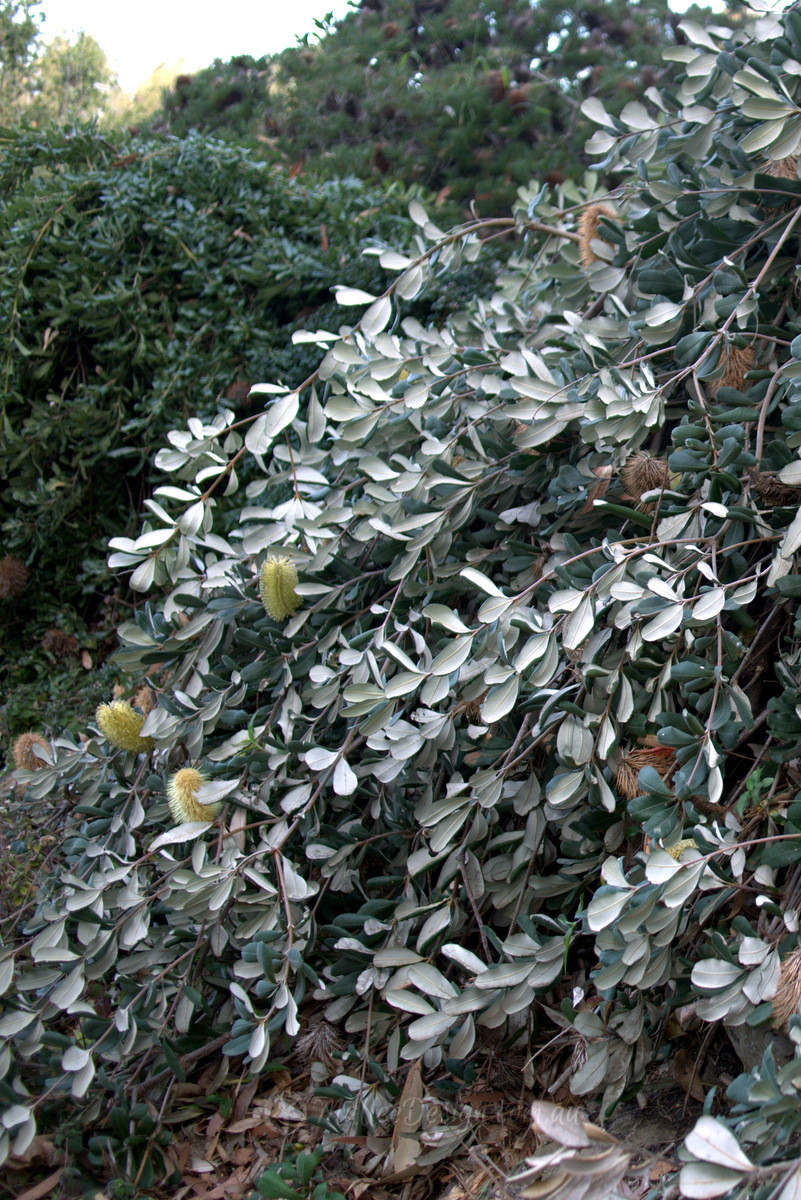
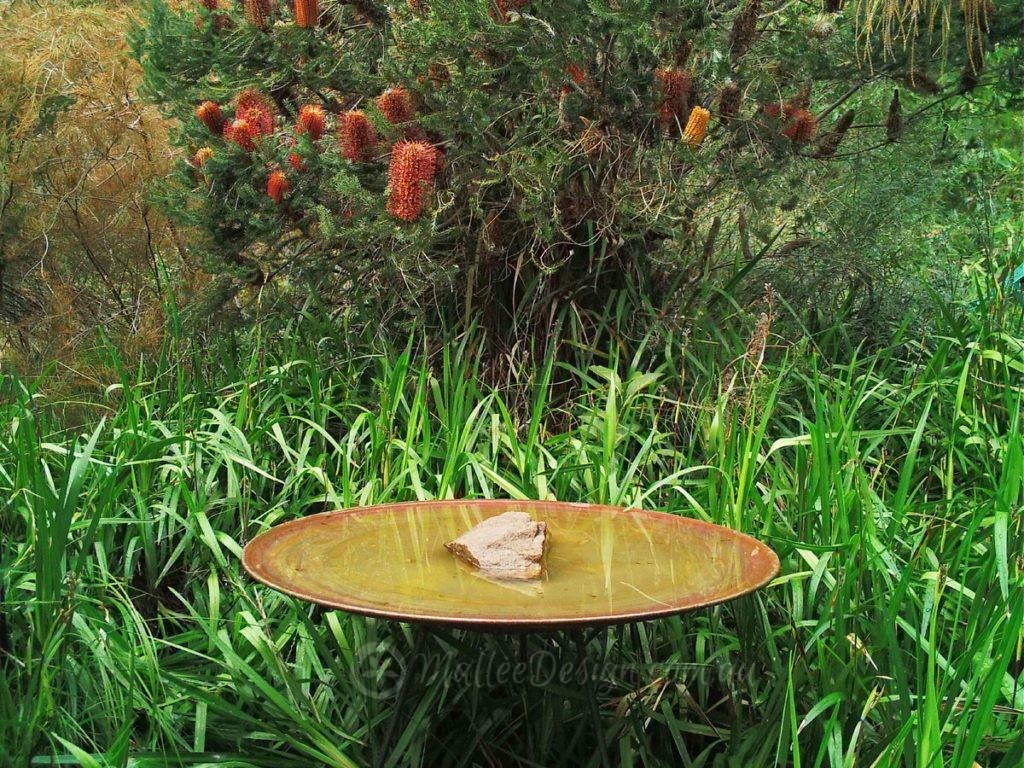
Leave a Reply